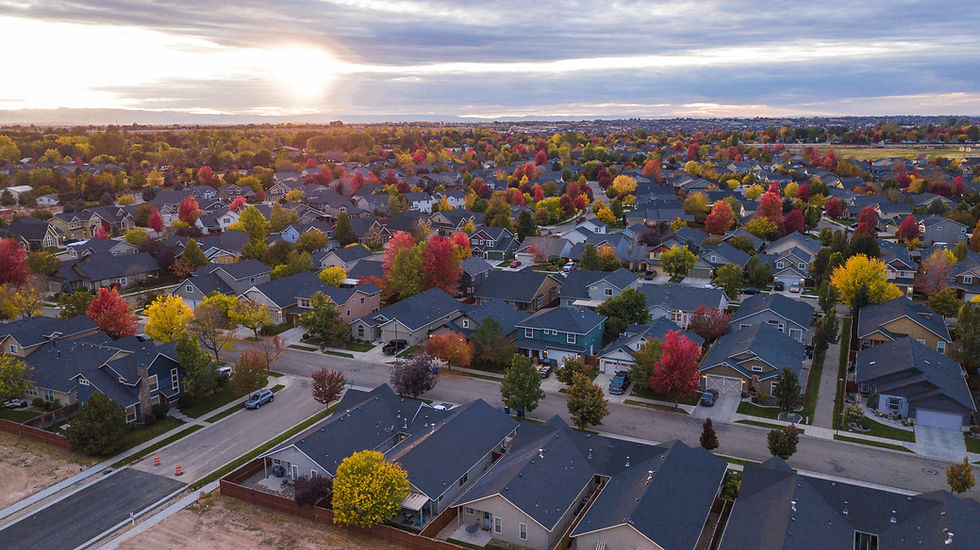Where's the Gap?
- Pate Complete Healthcare
- Mar 11, 2022
- 4 min read
Updated: Mar 12, 2022

The national history of fall policy is relatively new. As I had mentioned in my previous post, the start of the legislature for falls started in 2003-2004 with the Elder Fall Prevention Act and the Keeping Seniors Safe from Falls act (Elder Fall Prevention Act, H. R. 3513, 108th Congress, 2003; Keeping Seniors Safe from Falls Act, S. 1217, 108th Congress, 2004). This initiated federal funding for fall interventions in 2008. The most recent activity that has been seen federally is the acceptance of National Falls Prevention Awareness Day that started in 2020 (National Falls Prevention Awareness Week, S. Res 734, 116th Congress, 2020).
Current legislation is related to funding for fall prevention strategies. Medicare and Medicaid provide funding for programs on a community level and can include grants like the recent 2021 National Falls Prevention Resource Center Award that was awarded to the National Council on Aging (Administration for Community Living, 2021). Several strategies can be used independently or in conjunction with one another for fall prevention in the community. Fall prevention approaches include medication management, physical mobility improvement, home modification, increased home safety, and cross-cutting interventions.
Polypharmacy, or an increased amount of medication or medication interactions, can increase an elderly person’s risk for falls. Prevention in this area focuses on educating providers to discontinue unnecessary medication and not use medications that can increase the possibility of a fall. Certain medications are known to increase falls in the elderly. The American Geriatrics Society published Beer’s list of medications for providers to references before prescribing medications that may be contradicted in the elderly.
Physical mobility interventions decrease the incidence of falls. Strength and gate training and physical therapy can help prevent falls either before they happen or after a person has fallen and they are recovering. On a community level, some programs assist the elderly in these areas.
Home evaluations and safety interventions decrease fall in the elderly also. This could include home modifications like shower bars, handrails, or lighting changes. There are several ways that an elderly person’s house can be assessed for safety. If a person goes to the hospital after a fall, they will see a nurse case manager upon discharge that will assess the patient for possible needs in the home. In a community setting, some providers do a comprehensive geriatric assessment that includes assessing the home for safety.
The most beneficial prevention strategy is cross-cutting or a combination of one or more of these strategies. In the community, prevention is the key intervention. The government recognizes that primary prevention of falls is at the forefront of patient safety. Both Medicare and Medicaid assist home modifications for the chronically ill or through safety wavers (National Conference of State Legislatures, n.d.). Medicare also provides safety and fall screening during the Annual Wellness Visit that is free to patients yearly. Other programs funded by Medicare include paramedic referral programs and community teams for low-income older adults (Falls Prevention: National, State, and Local Solutions to Better Support Seniors Special Committee on Aging United States Senate, 2019). The CDC gathers data regarding falls in the community using the Behavioral Risk Factor Surveillance System (BRFSS) and the Wide-ranging Online Data for Epidemiologic Research (WONDER), and the National Vital Statistics System (NVSS). The BRFSS is based on telephone surveys assessing whether people have had a fall. The CDC also created the Stopping Elderly Accidents, Deaths, and Injuries (STEADI) screening tool. The Food and Drug Administration monitors polypharmacy and drug interactions. The Administration for Community Living (ACL) provides education and awareness to the community about falls. Lastly, the U.S. Department of Housing and Urban Development (HUD) and the U.S. Department of Veterans affairs assist low-income elderly patients continuing to remain in their homes independently (Falls Prevention: National, State, and Local Solutions to Better Support Seniors Special Committee on Aging United States Senate, 2019).

There are two main areas where an elderly person will have a fall. Either in the community or a medical facility. The Center for Medicare Services (CMS) and the Joint Commission are regulatory bodies for medical facilities. Hospitals, nursing homes, and rehabilitation facilities must report quality safety measures to their regulatory body to maintain compliance. This includes fall rates and fall prevention strategies. Reimbursement can be dependent on compliance in these areas.

In the community, there is no regulatory body to assess if falls are being prevented. There is no monitoring program to see how well the prevention strategies are working and I question how accurate the data collection system is with telephone surveys. This is the area where I see the biggest gap in fall prevention in the elderly, and where I think that changes need to start.
References
Administration for Community Living. (2021). ACL Announces 2021 National Falls Prevention Resource Center Award. U. S. Department of Health & Human Services. https://acl.gov/news-and-events/announcements/acl-announces-2021-national-falls-prevention-resource-center-award-0
Elder Fall Prevention Act, H. R. 3513, 108th Congress, H.R.3513 (2003). https://www.congress.gov/bill/108th-congress/house-bill/3513?q=%7B%22search%22%3A%5B%22HR3513+elder+fall+prevention+act%22%2C%22HR3513%22%2C%22elder%22%2C%22fall%22%2C%22prevention%22%2C%22act%22%5D%7D&s=5&r=1
Falls prevention: National, state, and local solutions to better support seniors Special Committee on Aging United States Senate. (2019). https://www.aging.senate.gov/imo/media/doc/SCA_Falls_Report_2019.pdf
Keeping Seniors Safe from Falls Act, S. 1217, 108th Congress, (2004). https://www.congress.gov/bill/108th-congress/senate-bill/1217
National Conference of State Legislatures. (n.d.). Elderly falls prevention legislation and statutes. Retrieved February 13, 2022, from https://www.ncsl.org/research/health/elderly-falls-prevention-legislation-and-statutes.aspx
National Falls Prevention Awareness Week, S. Res 734, 116th Congress, (2020). https://www.congress.gov/bill/116th-congress/senate-resolution/734?q=%7B%22search%22%3A%5B%22s+res+734%22%2C%22s%22%2C%22res%22%2C%22734%22%5D%7D&s=3&r=1




Comments